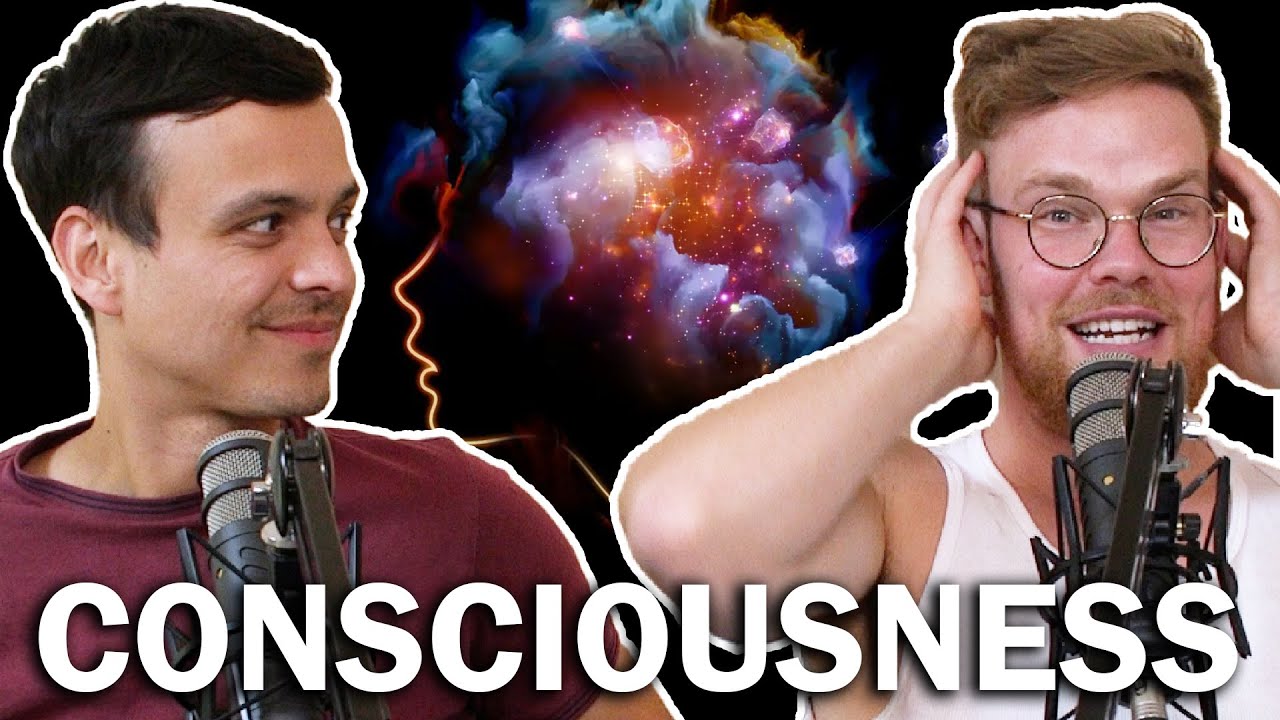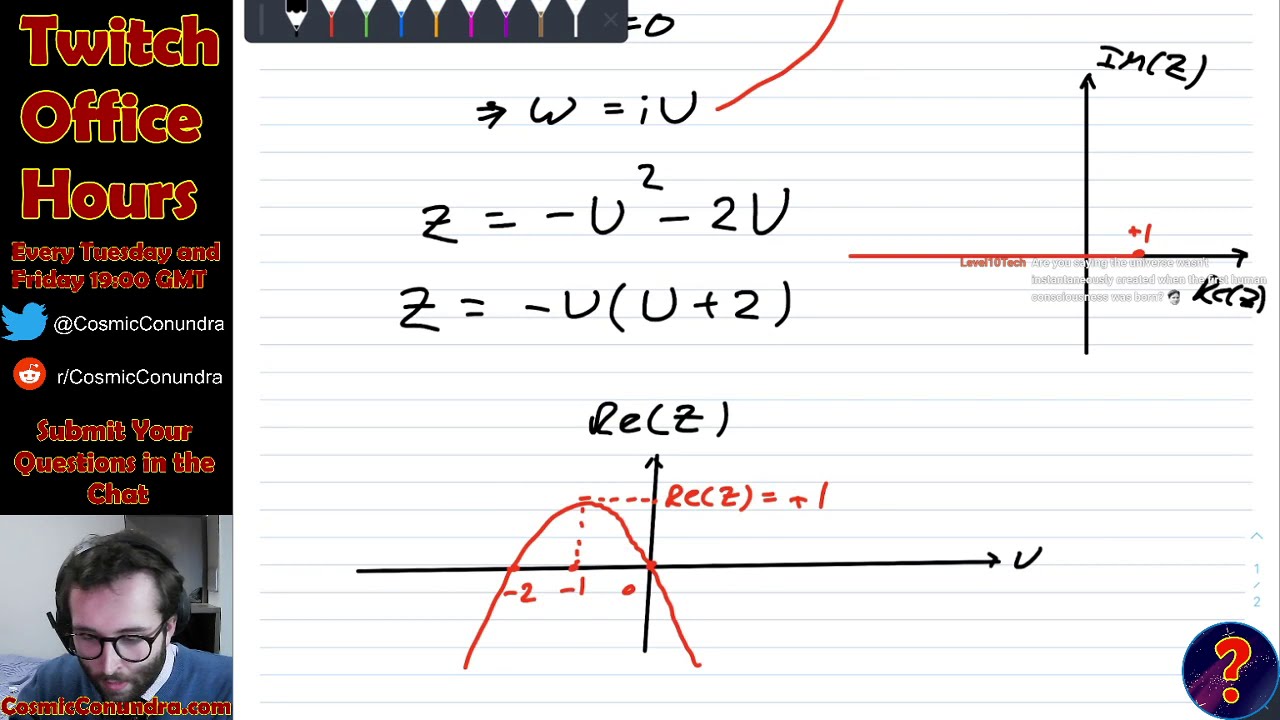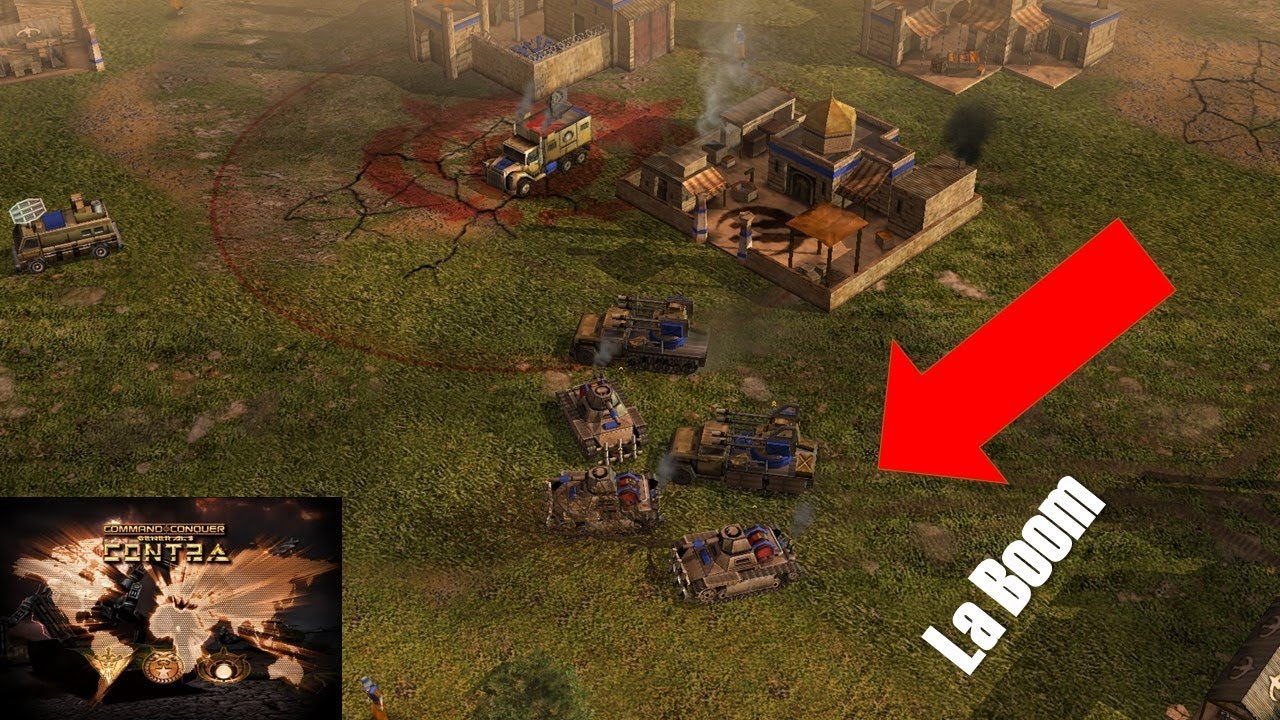Sidenote Podcast
Today we are talking about consciousness because well its your and my life! If you’re listening right now you have consciousness. We are going to be talking about the science behind it, what’s going on in your brain, and this new interesting theory of how it actually works. Also do animals have it?
For more Sidenote Podcast episodes: http://sidenotepodcast.com/
Source




❤❤
Pretty sure the entire point of organic evolution is to invent a computer that is self aware and fully integrated and connected in our society and the networks we have built. Pretty sure after that invention is made we can just sit back and watch what happens next because our purpose has been fully fulfilled when we make a robot smart enough to repair itself and build other robots without human help
I always saw consciousness as the capacity to think about oneself in addition to the ability to perceive the world around us and being alert (medical perspective).
To touch on the dog consciousness, the mirror test is based on Human abilities. Tests with dogs have been done with urine, and it became obvious that the dogs could identify their own urine which indicates they are self aware. It makes sense that since they navigate the world through smell that they can identify better by smell. We navigate the world (primarily) through site, so we can identify better by site.
I was high whole listening to this XD I could vibe with you guys all day.
Asking where consciousness (awareness) comes from is like asking "what is the marital status of the number 5?" the idea of 'where' comes from awareness. It also supposes that awareness is finite. Experience only occurs because one is aware. Everything comes from awareness
I loooooooove this podcast so much, great episode!! Would you guys ever be open to citing your sources in the future in the show notes, at least for Study Time? I’m often curious to read some of the studies you cite but not enough to go on a blind hunt for them in google scholar 😅
I have alphantasia (I can’t see images in my mind) and I’m always so surprised how it confuses everyone, I guess because it’s not that common or people weren’t aware of it. While I can’t see images in my mind, I do definitely have visual memories, like it’s not like I don’t know what my house looks like, or which corner I need to turn at while driving. I just don’t get a visual preview in my mind. BUT I do find it really hard to ‘picture’ the future. Like I obviously can’t really imagine what it would be like if something looked different. I can’t really do those tasks where you flip a shape in your mind, like I have to think really hard about what direction it would go in. I do have a constant running monologue, I’m fascinated that people apparently don’t have that.
“Everything you’re doing right now is a hallucination,” bro I’m high as a kite trying to make lunch for tomorrow why are you throwing me like that 😂😭
Mitch, Where do you listen to Alan Watts?
How is consciousness "Vibration" at it's simplest?
It's becoming clear that with all the brain and consciousness theories out there, the proof will be in the pudding. By this I mean, can any particular theory be used to create a human adult level conscious machine. My bet is on the late Gerald Edelman's Extended Theory of Neuronal Group Selection. The lead group in robotics based on this theory is the Neurorobotics Lab at UC at Irvine. Dr. Edelman distinguished between primary consciousness, which came first in evolution, and that humans share with other conscious animals, and higher order consciousness, which came to only humans with the acquisition of language. A machine with primary consciousness will probably have to come first.
The thing I find special about the TNGS is the Darwin series of automata created at the Neurosciences Institute by Dr. Edelman and his colleagues in the 1990's and 2000's. These machines perform in the real world, not in a restricted simulated world, and display convincing physical behavior indicative of higher psychological functions necessary for consciousness, such as perceptual categorization, memory, and learning. They are based on realistic models of the parts of the biological brain that the theory claims subserve these functions. The extended TNGS allows for the emergence of consciousness based only on further evolutionary development of the brain areas responsible for these functions, in a parsimonious way. No other research I've encountered is anywhere near as convincing.
I post because on almost every video and article about the brain and consciousness that I encounter, the attitude seems to be that we still know next to nothing about how the brain and consciousness work; that there's lots of data but no unifying theory. I believe the extended TNGS is that theory. My motivation is to keep that theory in front of the public. And obviously, I consider it the route to a truly conscious machine, primary and higher-order.
My advice to people who want to create a conscious machine is to seriously ground themselves in the extended TNGS and the Darwin automata first, and proceed from there, by applying to Jeff Krichmar's lab at UC Irvine, possibly. Dr. Edelman's roadmap to a conscious machine is at https://arxiv.org/abs/2105.10461
When did Greg switch from Whales to Birds for most immaculate animal?
If you recorded the podcast in stereo sound with Greg on one side and Mitch on the other It would feel like a psychotic episode 😛
Please do an episode on What happens when you stop drinking Caffeine. =)
5:25 artisticas son unos fukada-jpp.monster muchas y un buen ejercicio. Saludos desdei la Cd. de world 🌹😉💖
Soup Emporium has a video about Koko and her acclaimed ability to speak: I think you'd find it really interesting!
ok i just want to say i truly love philosophy talks and i will definitely be watching the Alan Watts one!!
Holy shit I love you guys<3